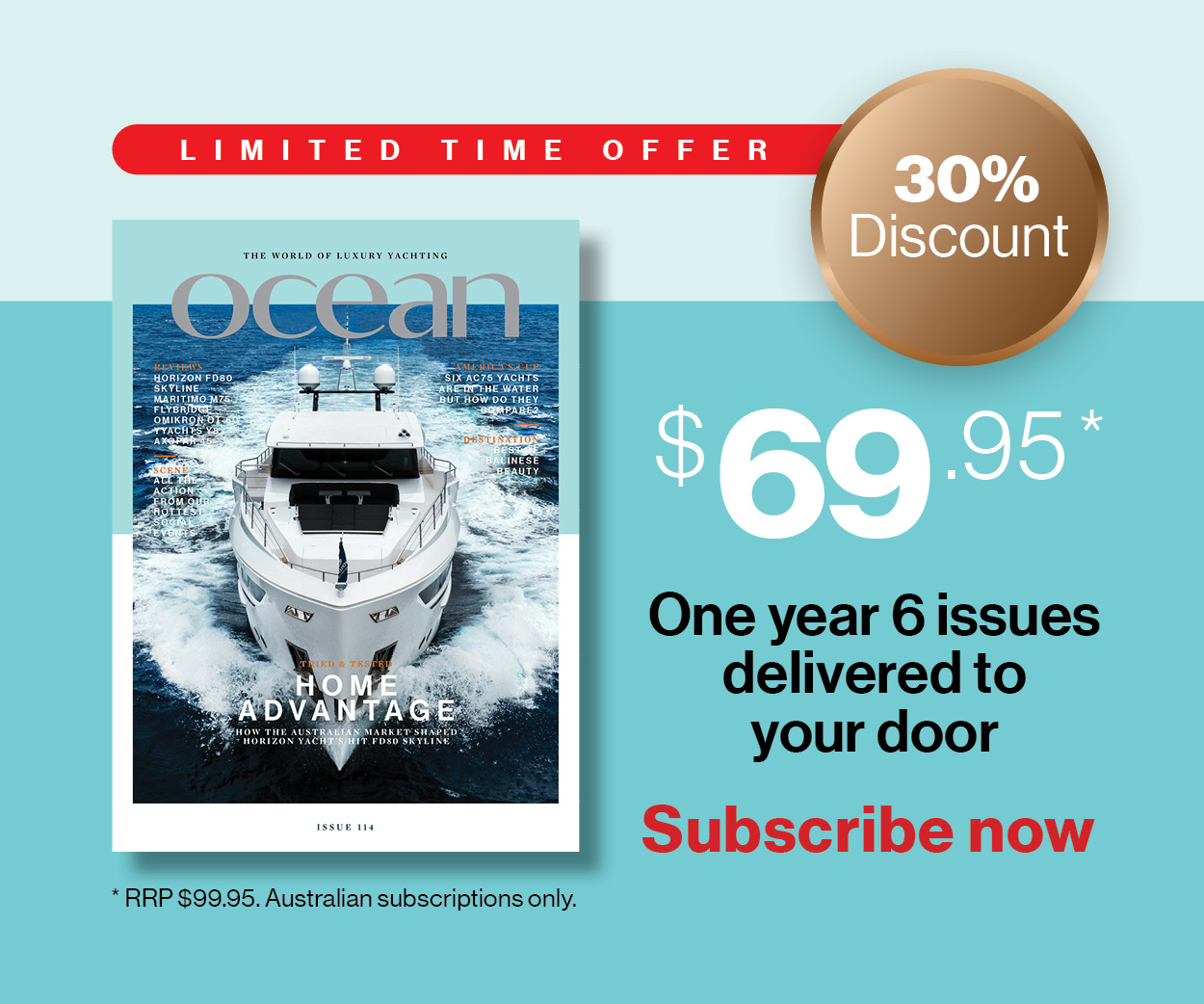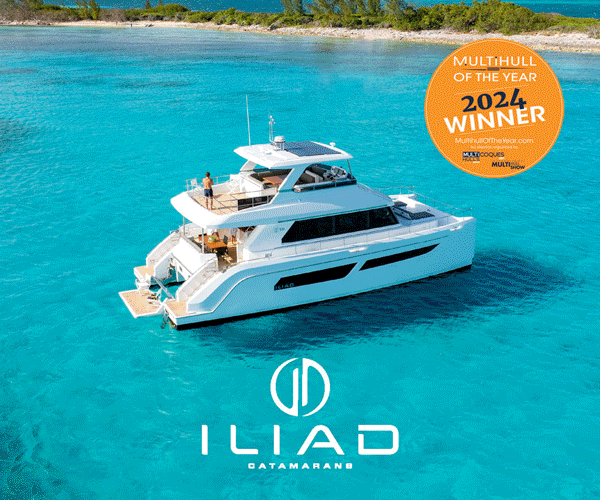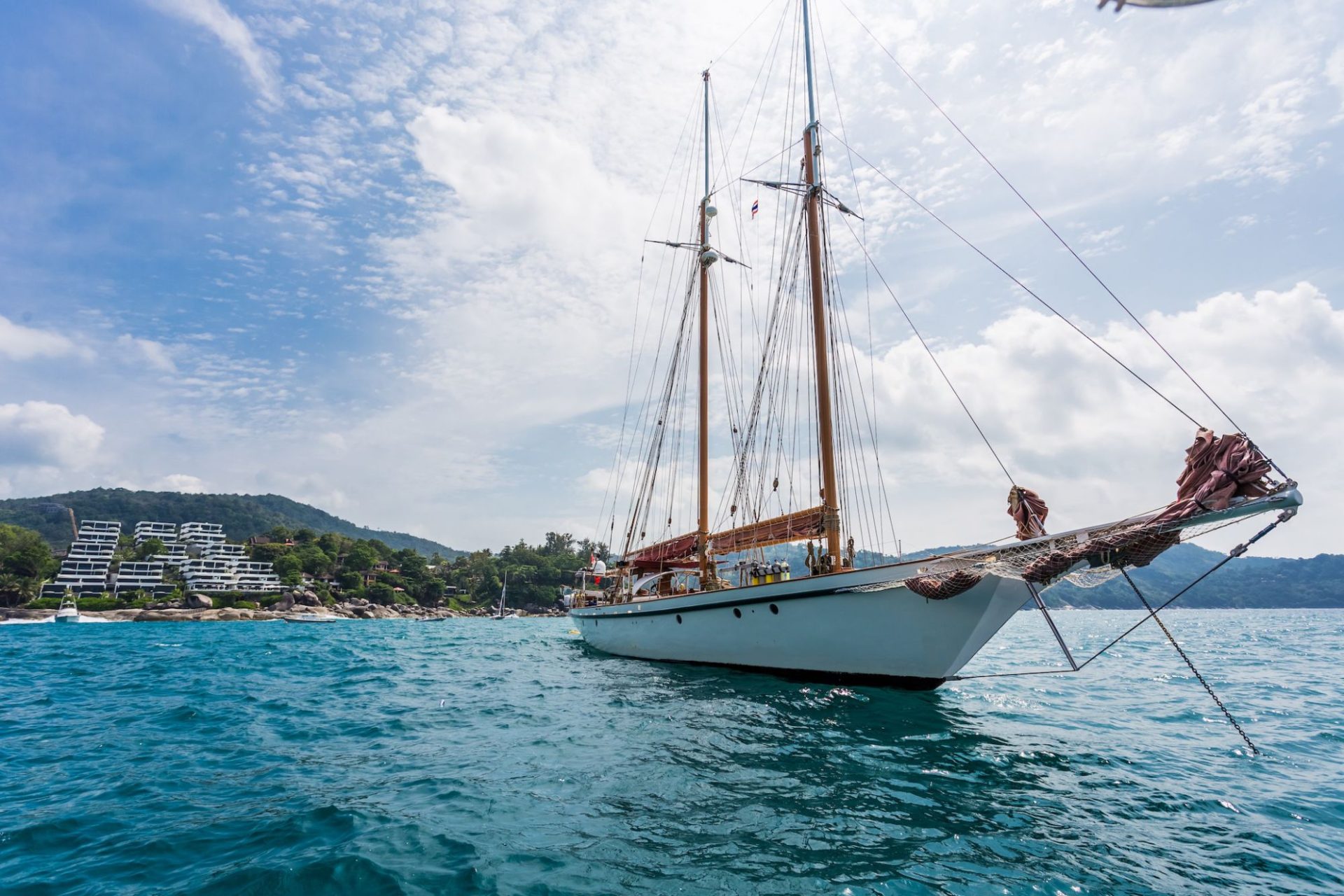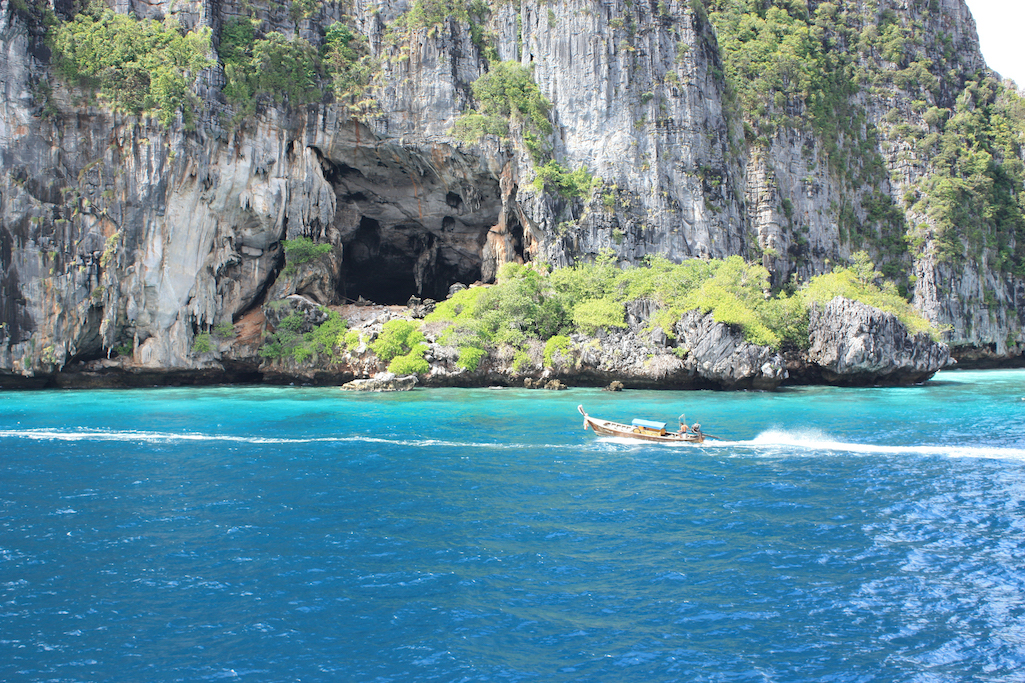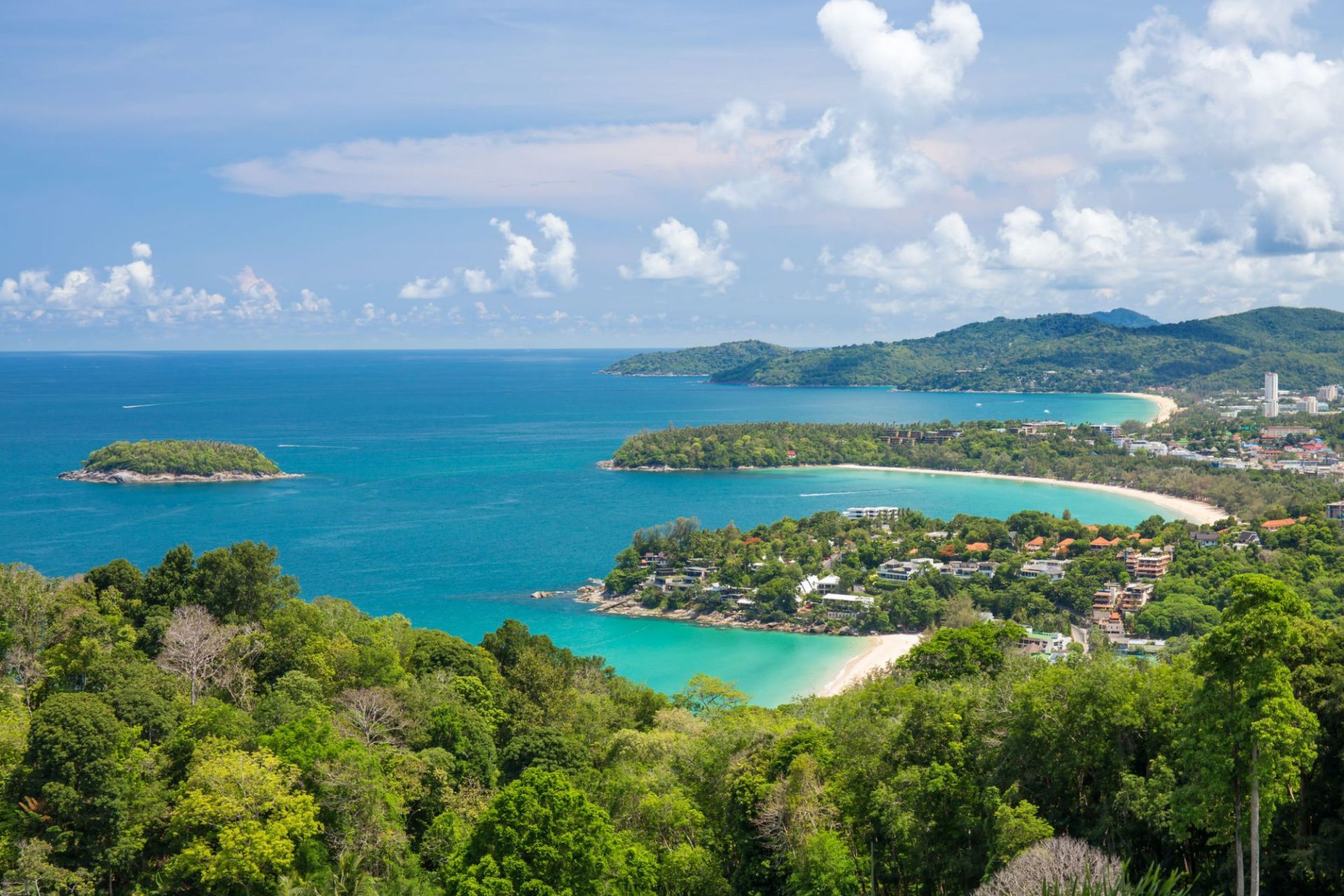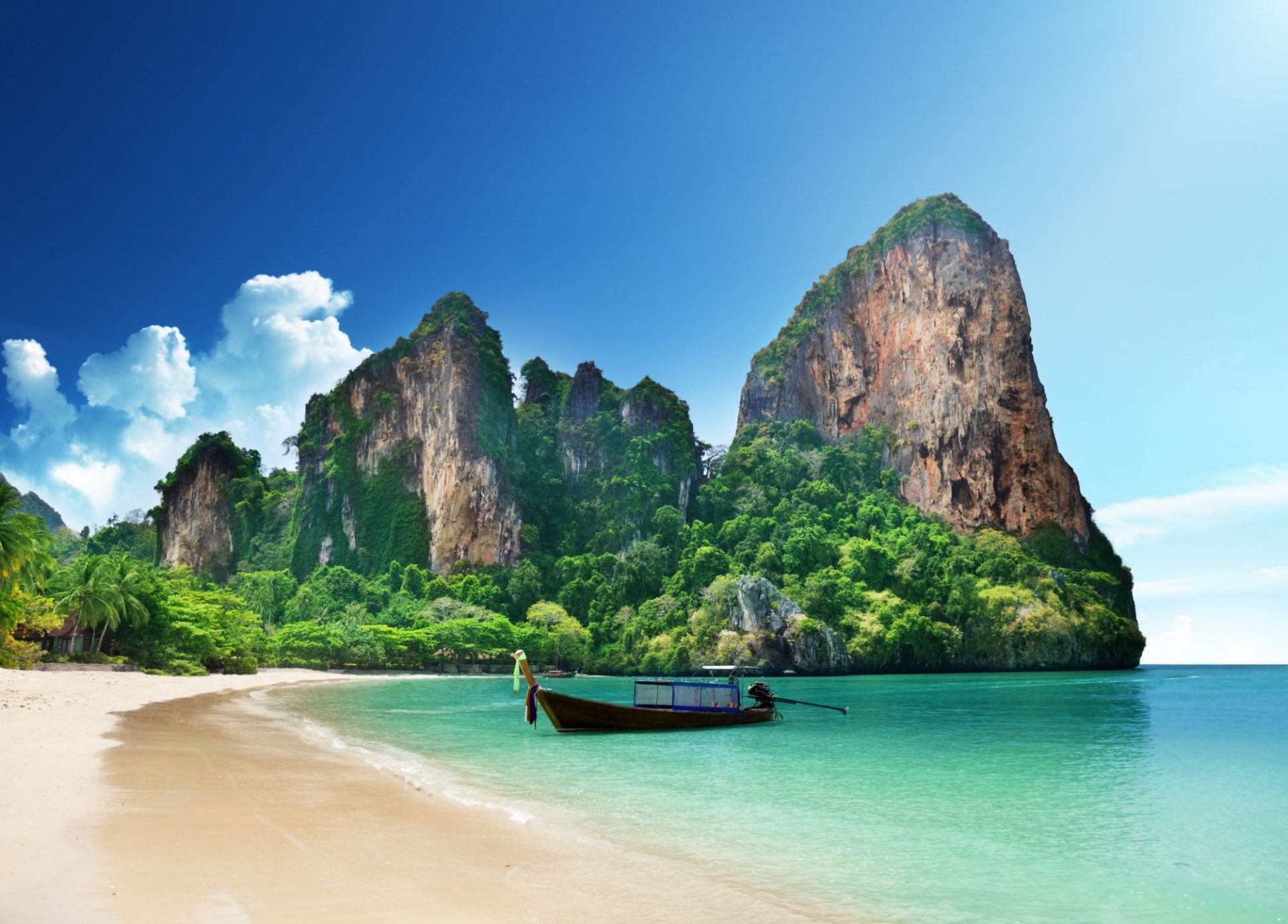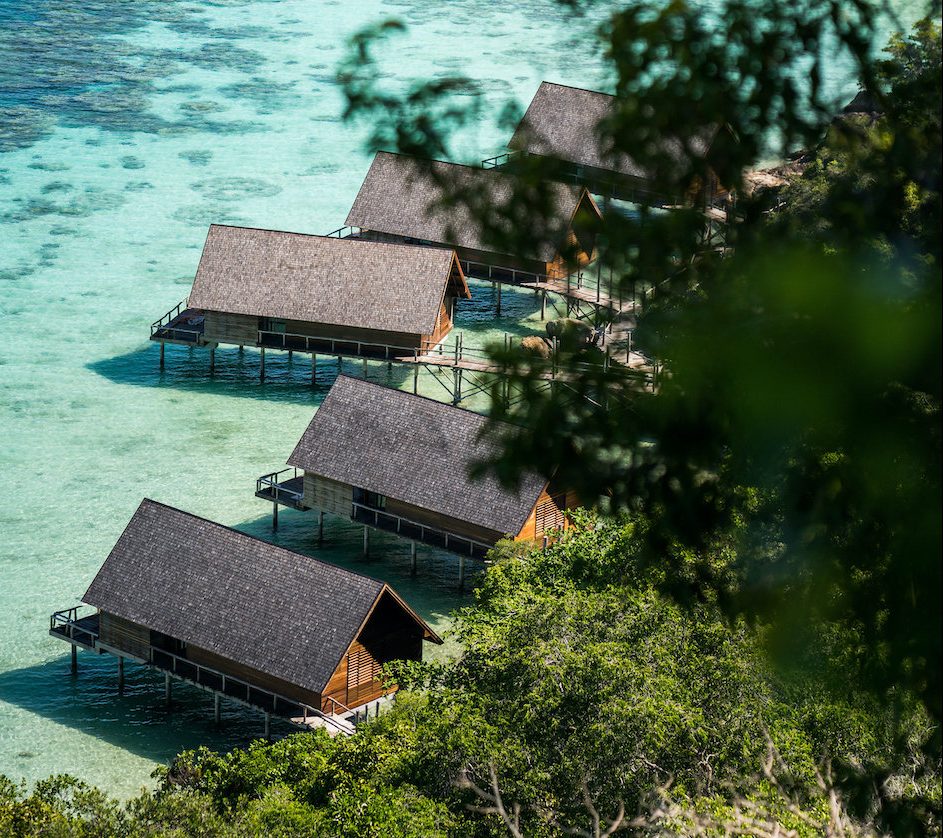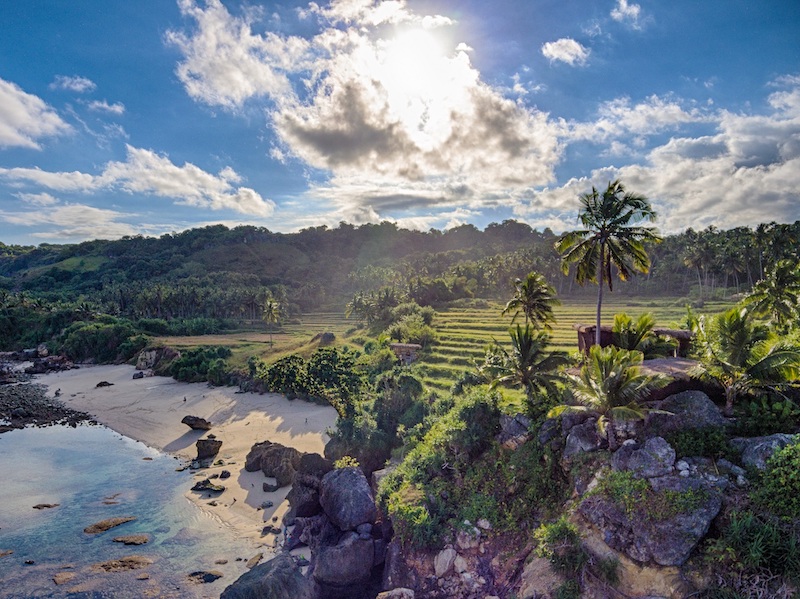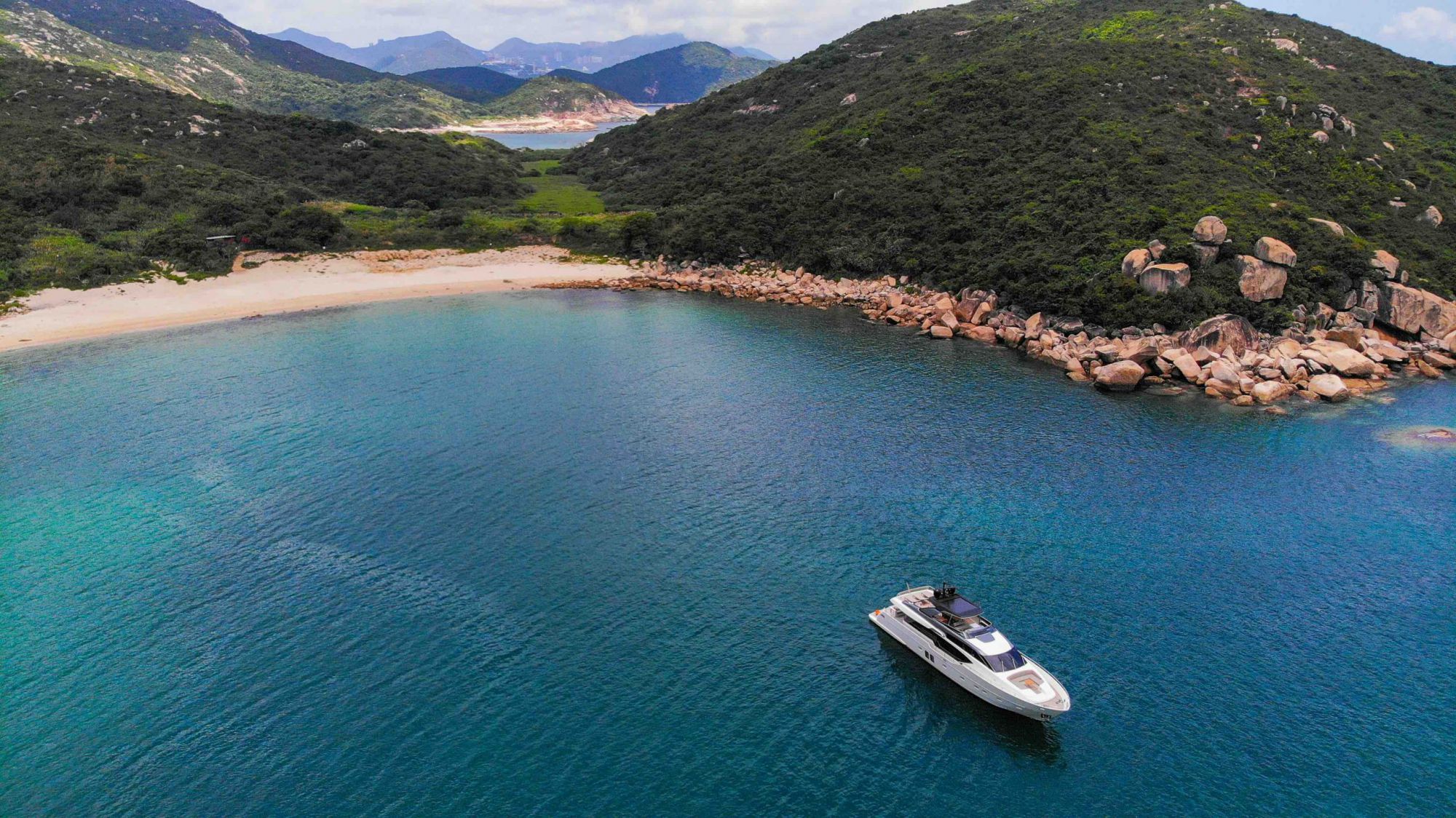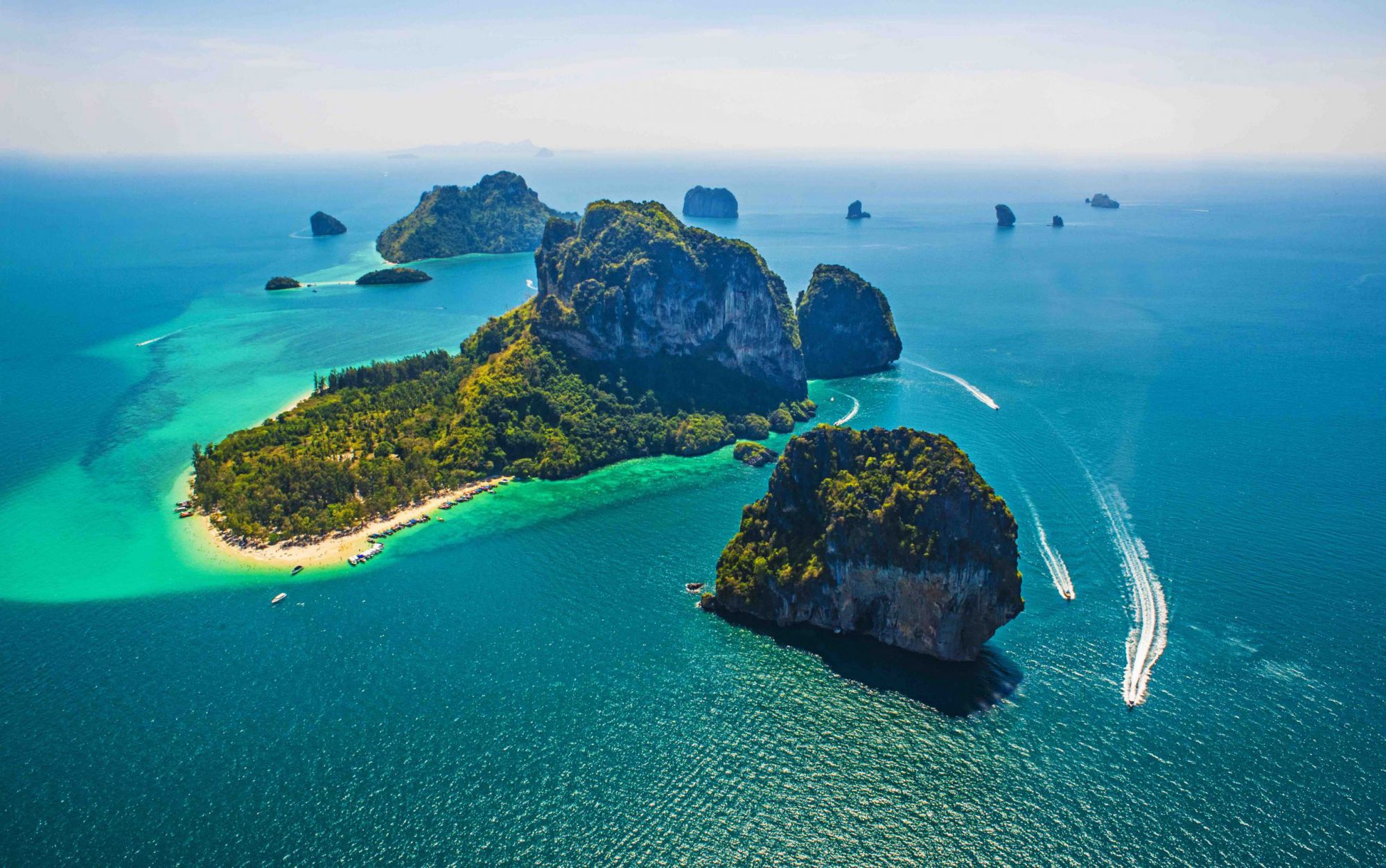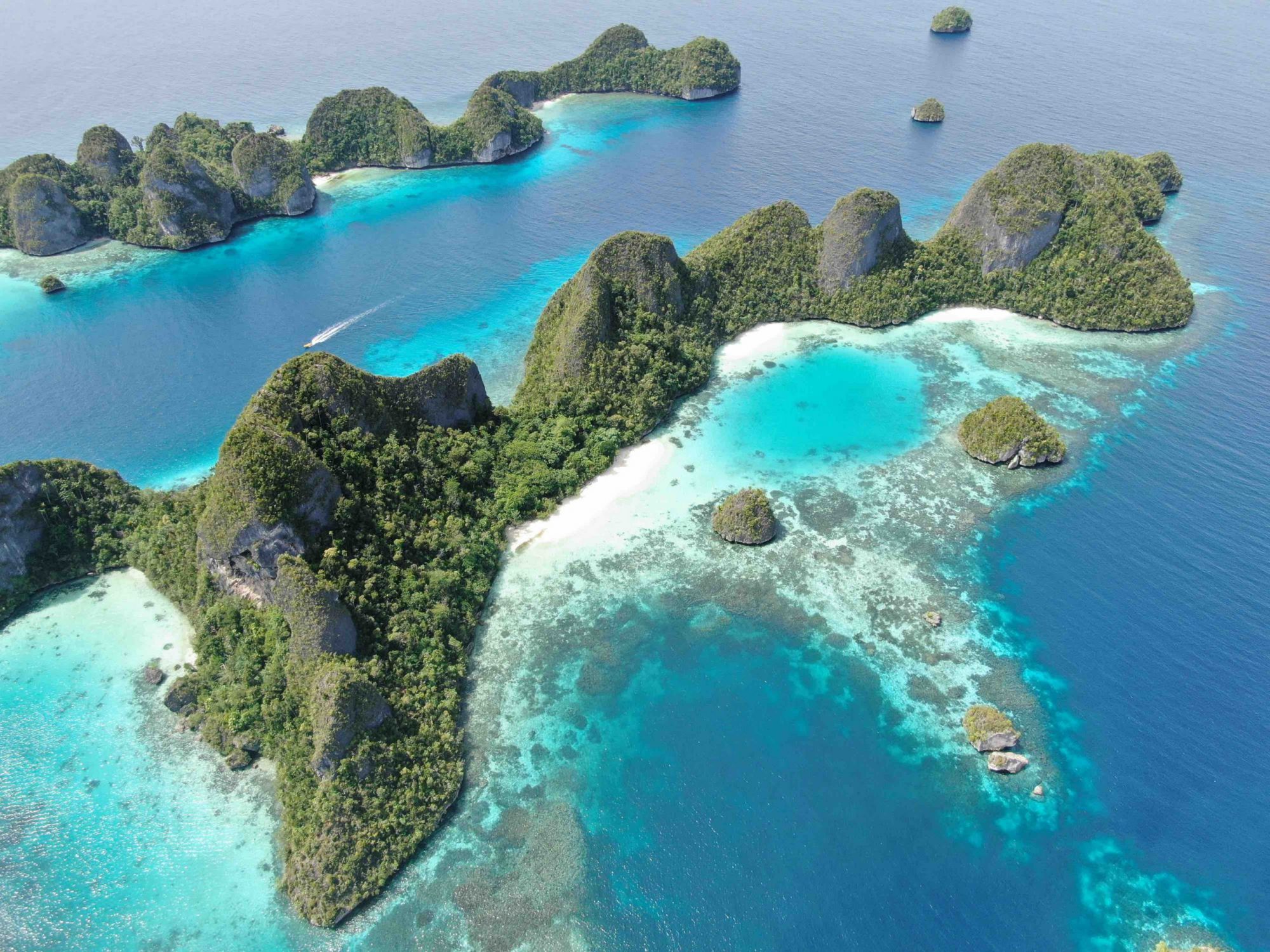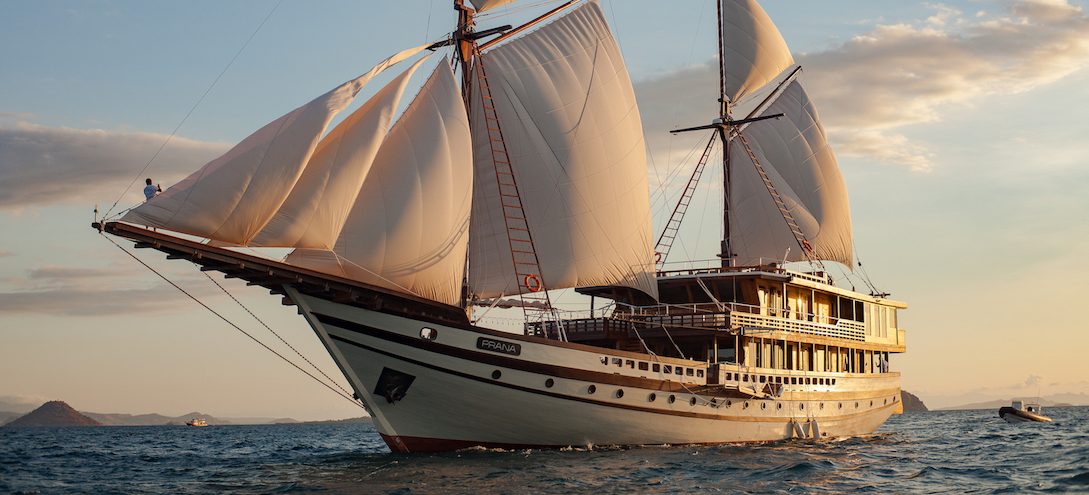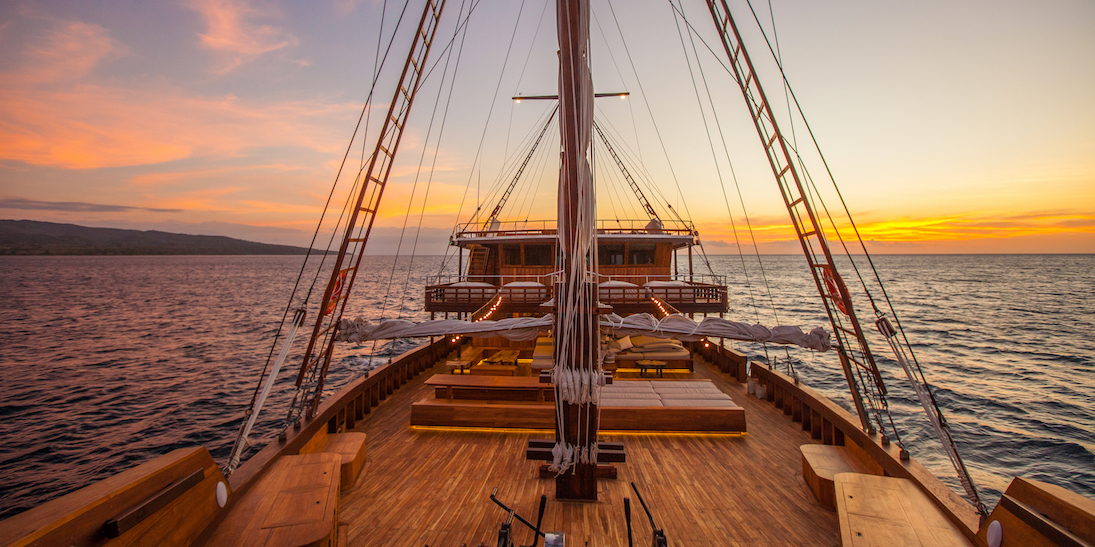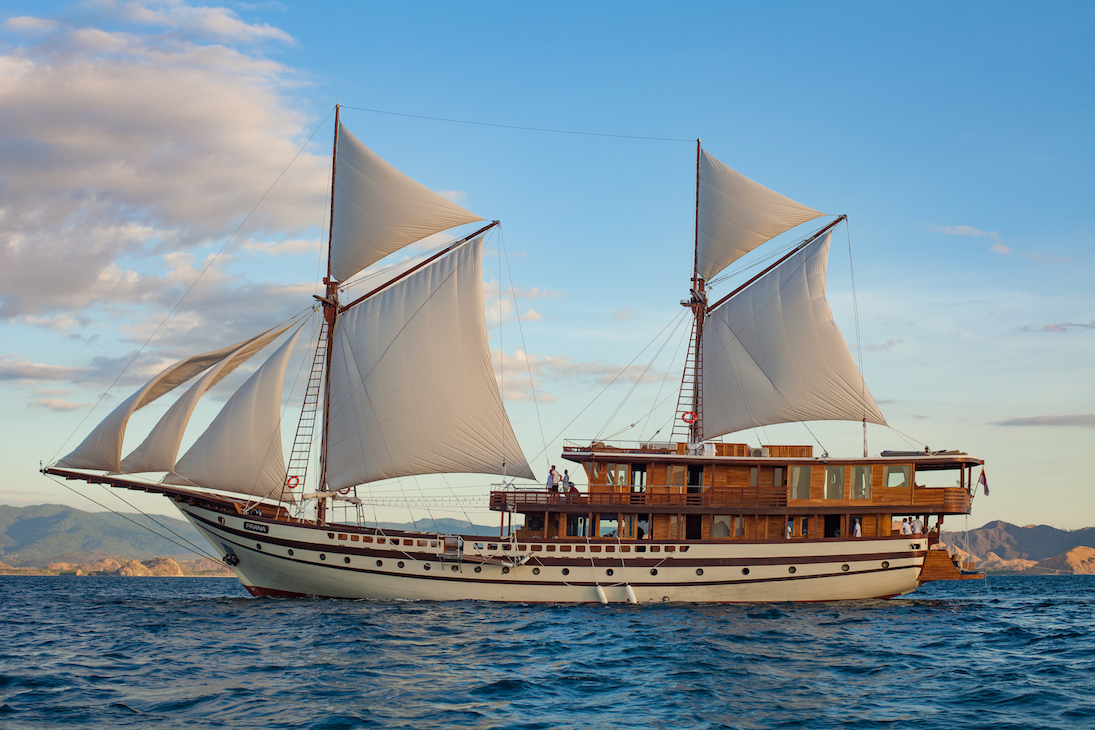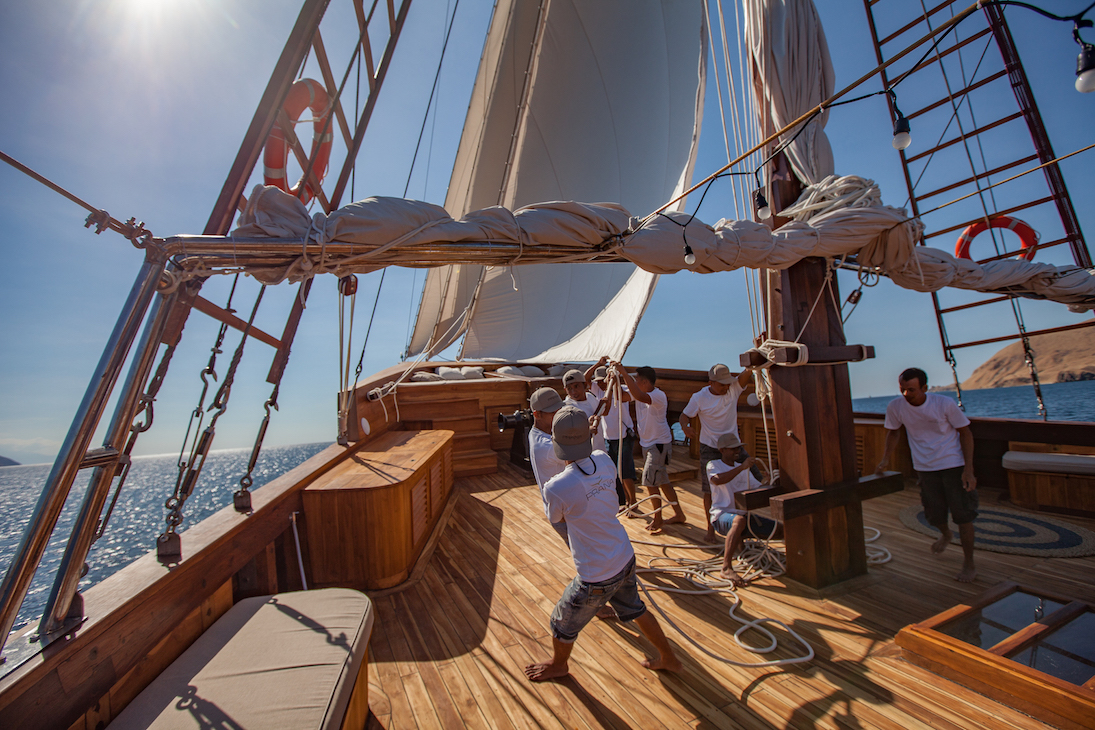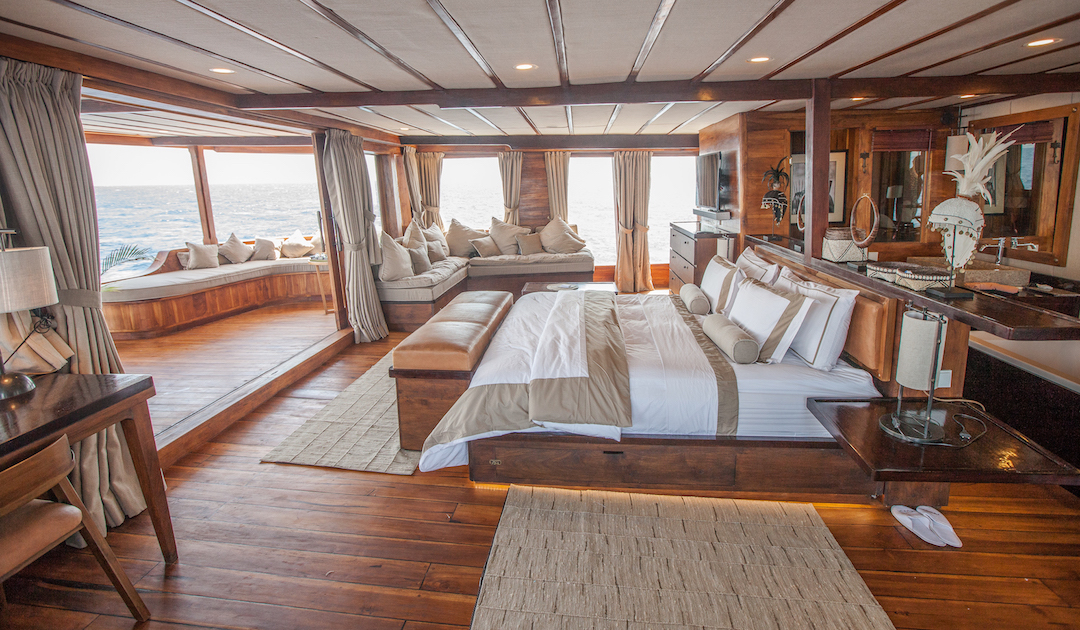Cruising South-East Asia
With cruising on the rise in South-East Asia, we take a look at the current state of the yachting industry in the region.
18 June 2020
South-East Asia (SEA) is, without doubt, one of the globe’s most captivating and diverse regions, offering exceptional experiences in terms of culture, history and cuisine, as well as breathtaking scenery both on land and at sea.
Yet, although the ASEAN nations having long proven a magnetic draw to tourists from China, Europe and beyond, it’s something of a mystery that their phenomenal cruising grounds, untouched beaches and remote picture-perfect islands have remained largely undiscovered where the superyacht industry is concerned.
Widespread regional government indifference to the marine leisure industry and yacht tourism – and the subsequent lack of Mediterranean-standard marinas and other infrastructures in South-East Asia – is something that many organisations in the region have been trying to change for the past five or six years.
Efforts to encourage governments and yachting’s major players to invest so that the area can open its doors to international yachting have gathered pace over the last decade. This has coincided with the launch of the Singapore Yacht Show (SYS), as well as the Thailand and Hong Kong Yacht Shows.
There is still nowhere near enough business being done in this region. While it’s true that the number of marinas in Asia has barely grown, boat buying and the number of people who are attracted by the idea of boating has increased significantly. In a global context, the Asian market is currently estimated to account for only 10–15 percent of new business globally.
Given that roughly a third of the world’s private wealth resides in Asia, there is undoubtedly huge potential.
Yes, the growth of the market in the region may have more than doubled in the last decade, but many in the industry believe it could grow an awful lot faster if two things happened.
First, all the key governments would have to fully buy into the idea and be prepared to change prohibitive tax and visa regulations. Second, the industry also needs to buy into the idea by uniting and collaborating with key stakeholders who are prepared to invest.
The yachting market in Asia
The senior team at Simpson Marine, one of the region’s more established players, has sold over 100 new and brokerage yachts in the last year, and they believe there is a reason to be optimistic about continued growth in the sector: “The Asia brokerage market is very active, particularly in Hong Kong, Singapore and Thailand/Phuket,” says Group Marketing Manager Ewa Stachurska.
“There are some great options for clients looking for quick deliveries. Currently, the most active market size is 40–60-foot flybridge yachts and 40–60-foot catamarans. Since starting our business in 1984, we have sold over 3000 yachts, from 5 metres to 70 metres plus, most of them to Asian buyers.”
It’s encouraging to note that many others among yachting’s leading names worldwide are invested in seeing a SEA expansion and are nurturing new business in Asia.
“We’ve been working with Asian clients and expats living in the region for over fifteen years, so it is by no means a new market for us,” says Y.CO Co-founder and Chairman Gary Wright.
“We are seeing an increase in clients from the region across different areas of our business, including charter, purchase, yacht management and new build project coordination.
“Asian clients have specific expectations of their yachting experience and our team is skilled in meeting these needs as well as ensuring that both they and the onboard teams we work with are respectful and considerate to all aspects of Asia’s diverse cultures.”
Cultural considerations have proved to be a major stumbling block as historically, local populations have viewed the ocean as a trade route rather than a recreational zone to enjoy with family and friends.
There hasn’t been a cultural affinity with the sea as a leisure playground in these parts in the past – the sun is too hot, the climate too humid, and the seas, for previous generations, were viewed as convenient for transport, or for fishing or dumping waste.
However, that view is now changing.
Industry insights
The on-water lifestyle is one that westerners have long enjoyed and there is a growing appetite among affluent Asian lifestyle seekers to experience the thrills and adventures that come with owning a yacht or luxury boat. Moreover, as wealth is handed down to younger, more adventurous and leisure-focused generations, the industry is starting to see more Asians buying big boats.
Ewa Stachurska agrees that attitudes toward yacht ownership are changing for the better: “In the past, it was mostly for status and entertaining, but that has shifted to genuine pleasure usage – enjoying time with family and friends, fun with water toys and, in an increasing number of cases, regional cruising,” she says.
With Thailand welcoming almost 40 million international tourists last year, making it the most visited among all ASEAN countries, the big question is: what needs to be done to further drive forward a marine leisure industry that could generate many hundreds of millions of dollars in income as well as local employment opportunities and technical progress?
At least part of the answer lies in enticing and attracting brokers to push owners and captains into considering SEA as a luxury superyacht destination. The more boats that come, the more the latent market of thousands of potential charterers and eventual buyers would wake up and want to play too.
However, existing owners – 90 percent of whom are based in the Mediterranean in the summer – are not going to be particularly motivated to invest in coming to Asia as a destination if punitive taxes and incohesive, unfriendly regulations are not changed soon.
Despite the inherent problems and hurdles that inevitably lie ahead, there is much enthusiasm being generated by globally recognised brand leaders that already have a permanent presence in SEA.
An industry leader in pioneering unusual destinations all around the world, Fraser is keen to do the same for South-East Asia. Lisa Peck, Global Marketing Manager at Fraser, says: “Fraser has always championed new yachting destinations and we’re keen to see Asia develop and grow in popularity.
“We all hope that the governments will, therefore, make the necessary changes to regulations so that this can happen. There is already an increase in quality infrastructure to support the needs of superyachts, which is a good sign.
“We are excited to see Asia flourish, creating a greater choice for charter clients to experience the exceptional cruising grounds on offer throughout the region.”
Lies Sol, Charter Manager at Northrop and Johnson in Phuket, is convinced that charter market growth will continue in the region. She cites US, Canadian, European and Chinese clients among the keenest charterers in the region with 30 percent being Chinese.
Lies Sol notes, “The market is growing and the size and quality of yachts permanently based in Asia gets better every year.”
She continues, “In Indonesia, after Patty Seery started the trend of six-star luxury phinisi – traditional sailing yachts – with Silolona around 2003, others saw that it worked and followed in her footsteps. Now, I can easily count more than 20 luxury phinisis, each with their own style and niche market but all catering to the top end.
“In Thailand, the number of charter yachts of 30–45 metres has more than doubled over the past five years. Although many of the yachts are a bit older, they are usually extremely well-maintained with their interiors and furnishings regularly updated.”
In sales terms, “consistent expansion” is the way Martin Holmes, Northrop and Johnson’s General Manager in Asia, describes the brokerage market. He adds, “Asia is a fascinating market with a unique client profile.”
“In the last two years, we have sold several yachts between 24–35 metres to Asia-based clients and are actively working on two new build projects. Right now, the 30–35-metre segment is interesting as many owners are looking for more range and stability. There is also considerable interest in the 50–65-metre segment for some experienced Asian clients.”
He believes Asian buyers are typically more interested in new builds, citing Feadship, Amel, Heesen, Cantiere Delle Marche, Benetti and Custom Line as the front runners for the sector.
“Asian clients have high levels of expectation and prefer to avoid disappointment or too much risk,” Martin adds. “A new build can help deliver this, providing it is closely managed.”
Cruising in Asia
While government investment and cooperation – coupled with an overhaul of complex marine taxes and regulations – is very much required, one major advantage that Asia–Pacific possesses is its abundance of pristine and largely uncommercialised world-class cruising waters.
The cruising grounds are spectacular, starting from Myanmar down to Thailand, through East Malaysia, the Philippines, Indonesia and all the way to Australia. The entire stretch is beautiful and uncrowded. Indonesia alone has over 17,500 islands, many of which are completely untouched.
The culture and biodiversity of Asia–Pacific is its single biggest strength and clearly, identifying its cruising season and position within the global calendar would help to establish this region as a destination for cruising and charter yachts of all sizes.
When governments in the region realise the benefits of yacht tourism and change the regulations accordingly to allow yachting to happen, this is undoubtedly where the potential for global growth will come from.
To read more about cruising South-East Asia, visit The Great Southern Route, Ocean Media's guide for superyachts, and discover some of the most exciting – and often unexplored – cruising grounds in the world.


